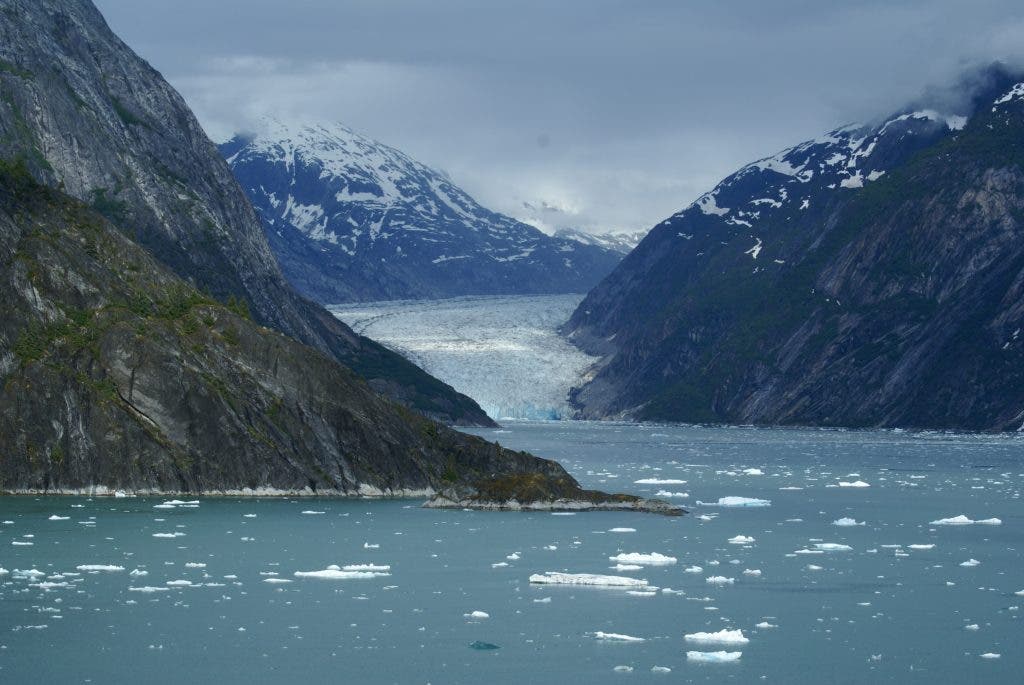While fjords are admired worldwide for their unique beauty, a new study has found that these natural ecosystems also act as carbon sinks, playing an important role in regulating our planet’s climate.

Fjords (alternate spelling: Fiords) are geological features emerging as long, narrow inlets with steep cliffs. Fjords are created by glacial erosion, with most of them being located in Norway, Alaska, Greenland and Chile, but they’re much more than a popular touristic attraction. A study published in Nature Geoscience found that fjords alone are capable of storing huge quantities of organic carbon washed up by rivers; although they make up for less than 0.1 percent of the oceanic surface, fjords are responsible for storing no less than 11 percent of the total mass of organic carbon buried each year in marine sediments.
“Despite being small, fiords are mighty,” scientist Richard Keil reacted after he saw the study published in Natural Geoscience. The scientific community is pleased to see that the effectiveness of the fjords at storing carbon is finally being assessed correctly, after decades during which they have been completely ignored.
What makes them so effective at storing carbon is the fact that they are deep, and their generally calm waters are poor in oxygen – which enables carbon to sink down to the bottom without being touched by bacteria, and without being decomposed.
“Therefore, even though they account for only 0.1% of the surface area of oceans globally, fjords act as hotspots for organic carbon burial,” Dr Candida Savage of New Zealand’s University of Otago says.
However, while on a human scale, fjords do act as a carbon sink, on a geological scale, they are just a way of ensuring carbon cycling. We are now in an interglacial period, but as the glaciers eventually start advancing, the stored carbon will be pushed out.
“In essence, fjords appear to act as a major temporary storage site for organic carbon in between glacial periods. This finding has important implications for improving our understanding of global carbon cycling and climate change,” she says.
The study was based on analysis on 573 surface sediment samples and 124 sediment cores from fjords around the world.
Journal Reference: Richard W. Smith, Thomas S. Bianchi, Mead Allison, Candida Savage & Valier Galy. High rates of organic carbon burial in fjord sediments globally. Nature Geoscience (2015) doi:10.1038/ngeo2421



